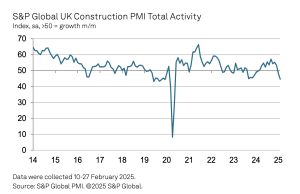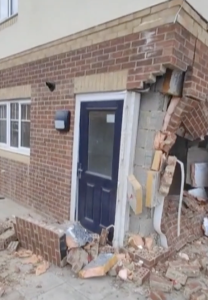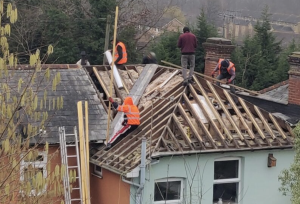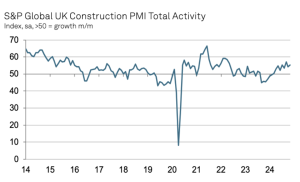43 construction workers died in UK last year
This post has already been read 3570 times!
Provisional annual data for work-related fatal accidents in Great Britain’s workplaces has been released today has been revealed that Forty three workers died in construction, the same as the average for the previous five years.
The long term trend has seen the rate of fatalities more than halve over the last 20 years. However, provisional figures indicate that 144 people were killed while at work in 2015/2016 – up from 142 in 2014/5.
The Health and Safety Executive has called on all sectors to learn lessons to ensure workers return home safe from work.
Martin Temple, HSE Chair said:
“One death at work or life needlessly shortened, is one too many and behind every statistic lies a real story of loss and heartbreak and families left to grieve.
“Britain has one of the best health and safety systems in the world, but we should always be looking to improve and to prevent incidents that cost lives.
“This year HSE travelled the country asking industry representatives, employers, unions, workers and others what they could do to help GB work well. The response was hugely encouraging and I would like to ask people to deliver on the commitments made, that will help keep Britain’s workers alive.”
The new figures show the rate of fatal injuries in key industrial sectors:
- Forty three workers died in construction, the same as the average for the previous five years.
- In agriculture there were 27 deaths (compared to the five-year average of 32).
- In manufacturing there were 27 deaths (compared to five-year average 22), but this figure includes three incidents that resulted in a total of eight deaths.
- There were six fatal injuries to workers in waste and recycling, compared to the five-year average of seven, but subject to considerable yearly fluctuation.
There were also 103 members of the public fatally injured in accidents connected to work in 2015/16, of which 36 (35 percent) related to incidents occurring on railways.
Comparisons of fatal injuries by country or region are based on where the accident occurred. After taking industrial composition into account, those regions and countries with seemingly higher rates are not (statistically) different to the rest of GB. In 2015/16 the highest fatal injury rates across all countries and regions were Wales (0.93 per 100,000 workers); Scotland (0.60); and Yorkshire and the Humber (0.58). Due to the relatively small numbers and to reduce some of the yearly fluctuation, when averaged across a five-year time period to 2014/15 those regions with the highest fatal injury rates were also Wales (0.81), Scotland (0.73) and Yorkshire and the Humber (0.70).
The statistics again confirm the UK to be one of the safest places to work in Europe, having one of the lowest rates of fatal injuries to workers in leading industrial nations.
HSE has also released the latest available figures on deaths from asbestos-related cancer. Mesothelioma, one of the few work related diseases where deaths can be counted directly, contracted through past exposure to asbestos killed 2,515 in Great Britain in 2014 compared to 2,556 in 2013.
A more detailed assessment of the data will be provided as part of the annual Health and Safety Statistics release in early November. As this draws on HSE’s full range of sources, including changes in non-fatal injuries and health trends, and will provide a richer picture on trends.
Further information on these statistics can be found athttp://www.hse.gov.uk/statistics/fatals.htm























